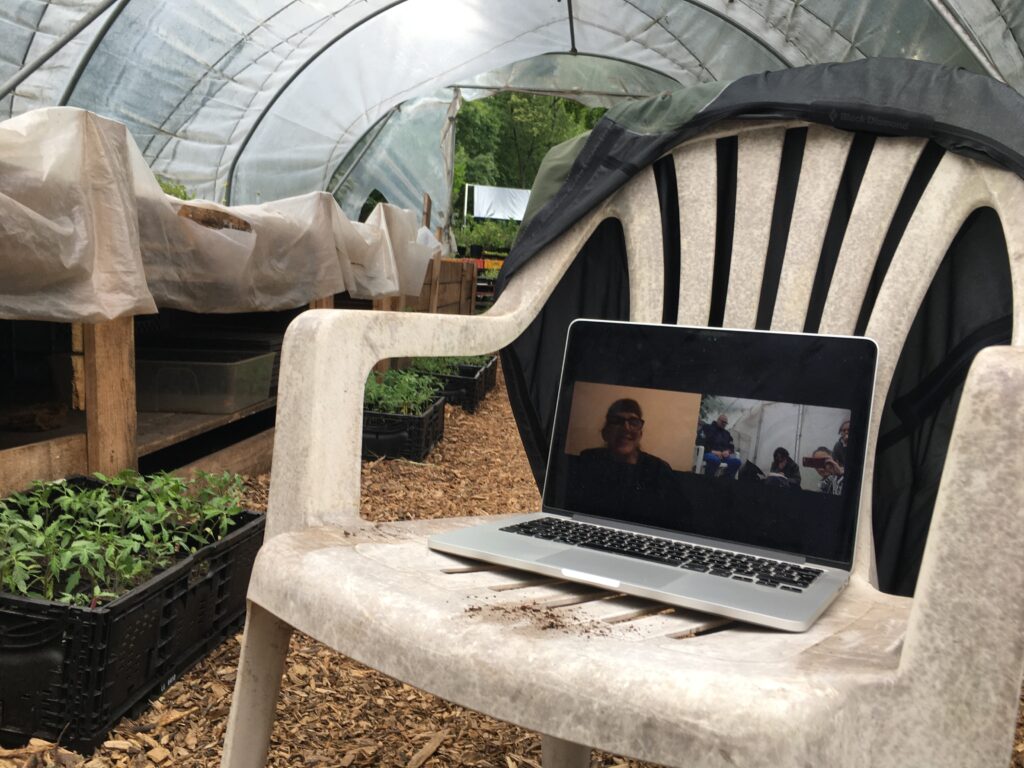
May 23.
We started off the activity with the workshop by Melanie. In this online lecture, we learned few tips of transplanting from her. She pointed out that the important thing for the seedlings is to have a strong stem (I was afraid our seedling’s stem is too wobbly, but she said it is actually good strong one) and root being developed inside the seedling pots. As our seedling pots are not very small ones, we do not see roots coming out from the bottom, but with cell tray seedlings, you should see the roots coming out from the bottom. The good seedlings has strong stems, not very long. When the seedlings gets too less sunlight, it starts to grow taller and stems gets too long (probably this is what has happened in ours). Melanie said she touches her seedlings with her hand (a bit like petting long hare animals) regularly. Probably giving movements and stress to seedlings by touching it regularly is a good thing. Note for next year’s experiment. The seedlings from March 26th batch looks like the photo below.
One of the important tip Melanie mentioned is “earthing” or “Tsuchi-yose” technique for the seedlings. Either when transplanting, or after 1-2 weeks of transplanting, one cover the bottom 10-15cm of the plant with soil. This promote the plant to develop more stems from the bottom, and you will see stems coming out through the soil you cover on the bottom. As we have the long stem seedlings, we discussed either we transplant the seedling deeply (so only the top part of the stem comes out from the soil) or to transplant the same level as the current soil (so the level of the field soil is same as the soil on the pot now) then cover the stem part with extra soil making a small hill for each of the plant.
The other tip is that one needs to press the seedlings well on the soil when transplanting. Melanie showed us how she steps on her seedlings when transplanting. This is to achieve a good contact between root and the soil in the field.
She also talked about fertilizers. In Japan, they give fertilizers in 3 different timings:
- “Motohi” or Base fertilizer: This is the fertilizer you give to the field 2 weeks before transplanting.
- “Tsuihi” or “Added/followeing Fertilizer”: This fertilizer is given usually 1-2 weeks after transplanting, This is to boost the first stage of the growth in the field
- “Reihi” or “Thanks fertilizer”: The fertilizer given after harvesting. This is to thank the plant and give energy for regrowing for the next harvest.
The type of fertilizer differs by farmers and region. She is now using only the Bokashi fertilizers. She said as Bokashi fertilizers are fermented, she sees less bugs attracted to it compare to other types of fertilizers. I will be very interested in trying to make Bokashi at Elisabeet.
The workshop/lecture is given in English as Melanie “only” speaks French, Japanese and English. Gesa kindly translated to German for participants who are not fluent in English. Thanks Gesa!
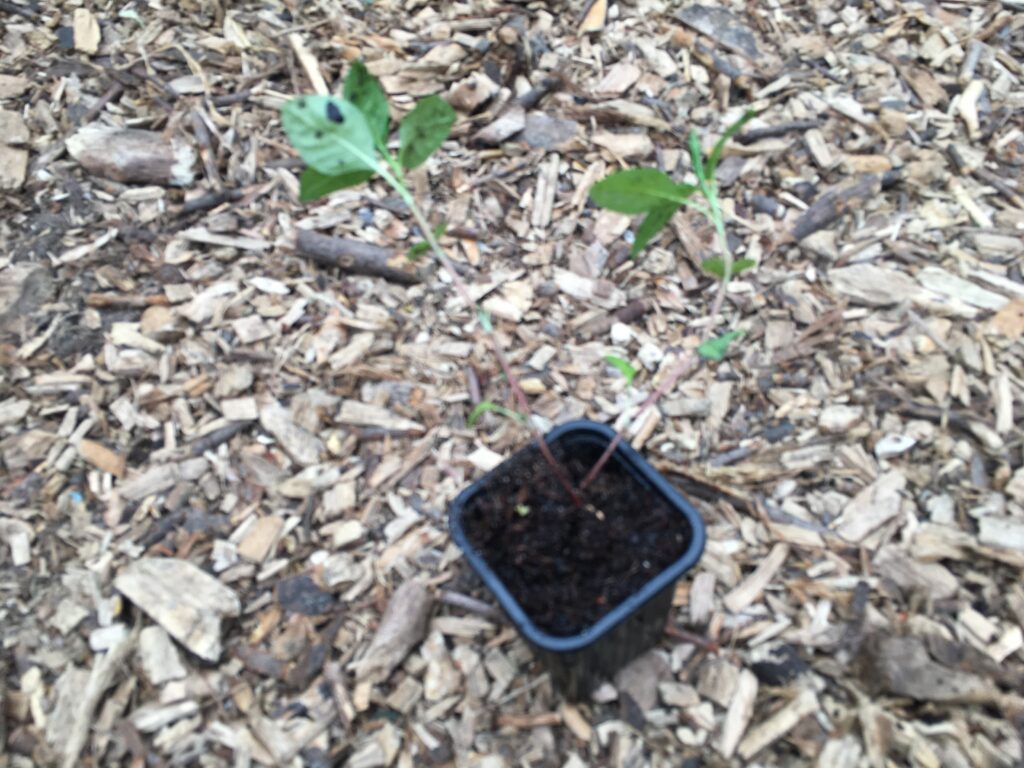
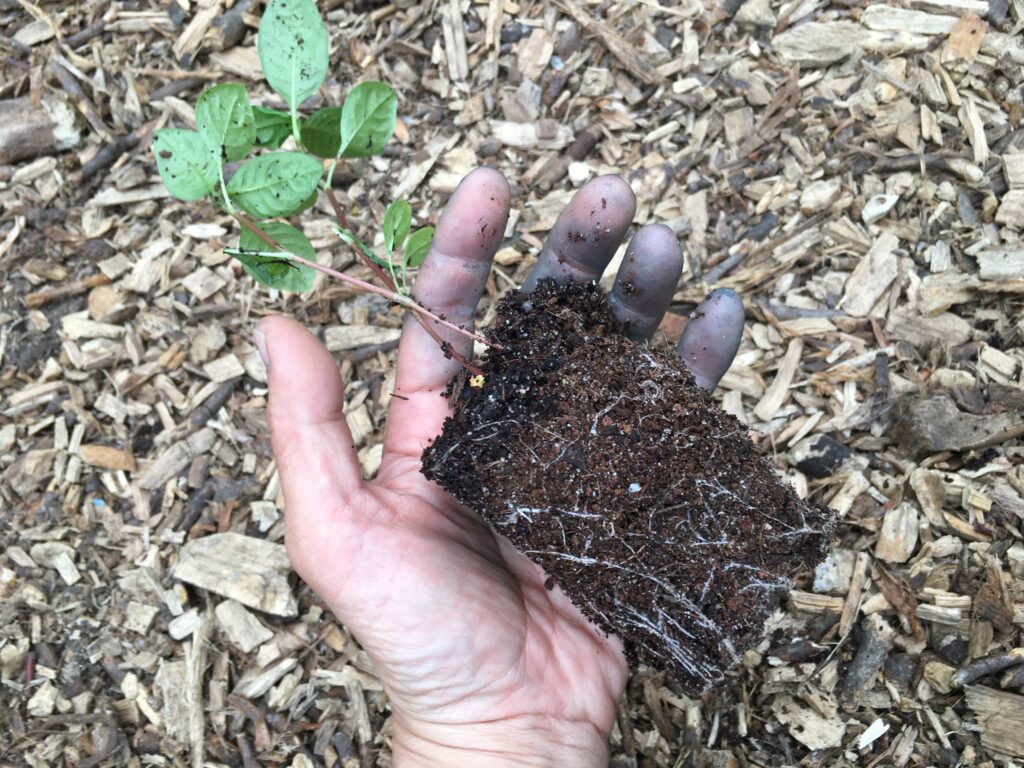
The weather was very strange this day. It was sunny in the morning. Hail in mid day and when we started the workshop at 14:00, it was raining and we listened to her in the Tunnel at the Elisabeet. Afterwards, it was sunny for a while and rained very strong so we waited until the rain stopped. As we went to transplanting, the soil was already wet but the inside of the soil remained still dry.
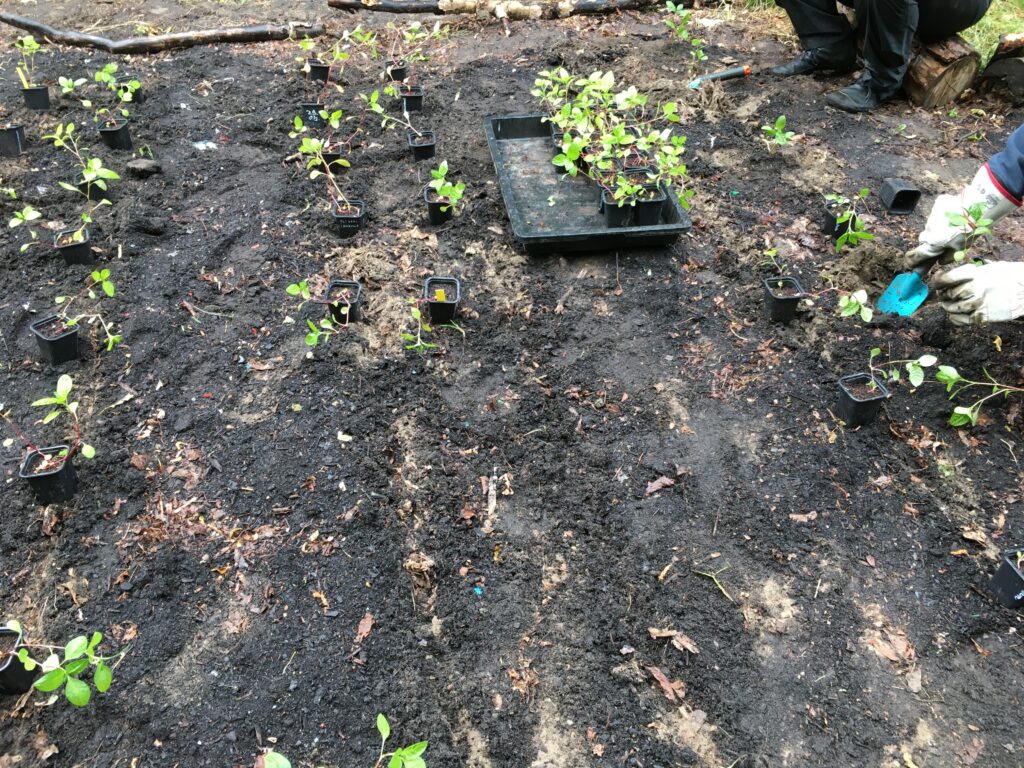
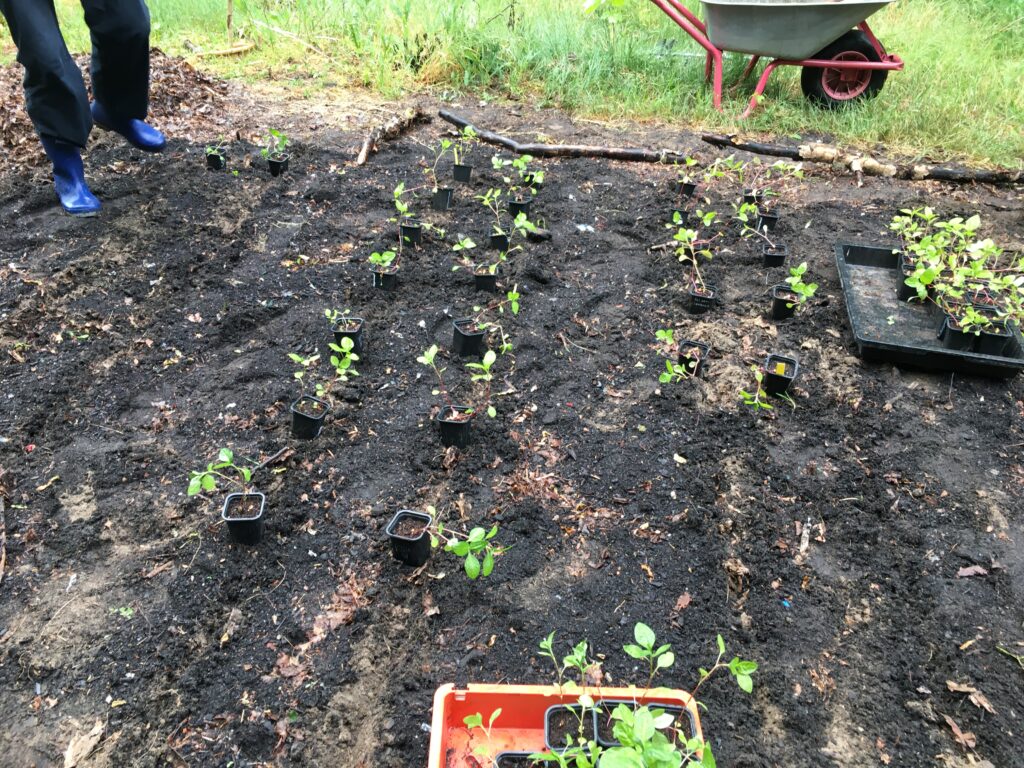
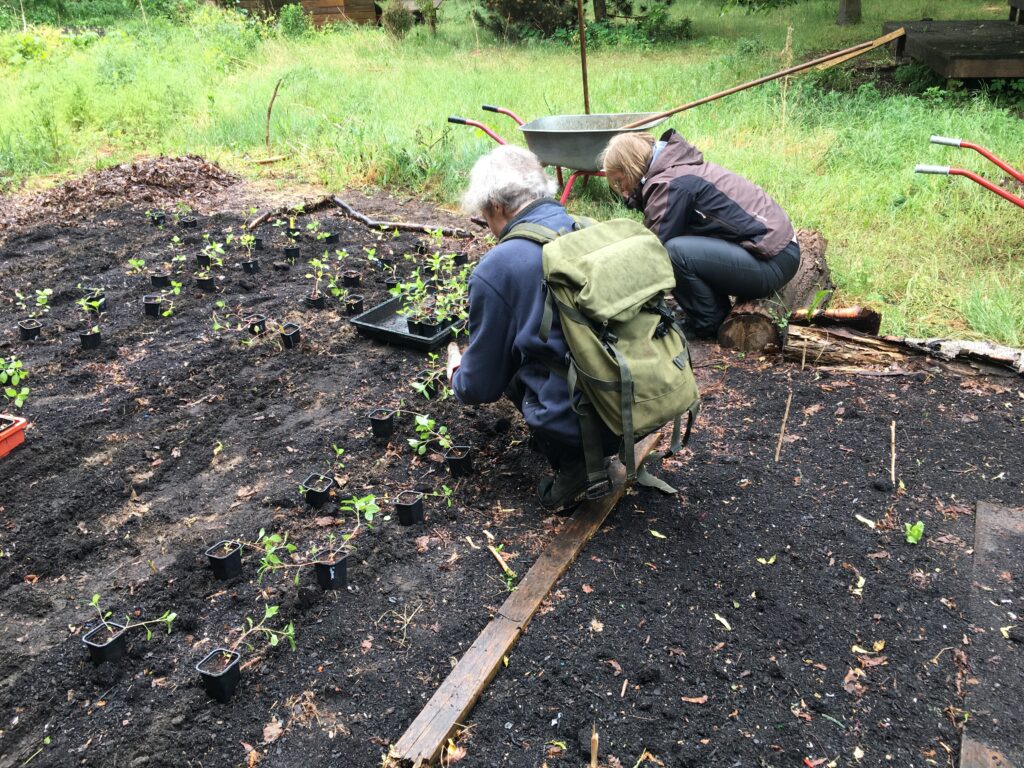
We started off planning the field. The “abstand” is 30cm with walking space every 2 rows. We used the line making tool to mark the ground, placed the seedlings first and started to transplant.
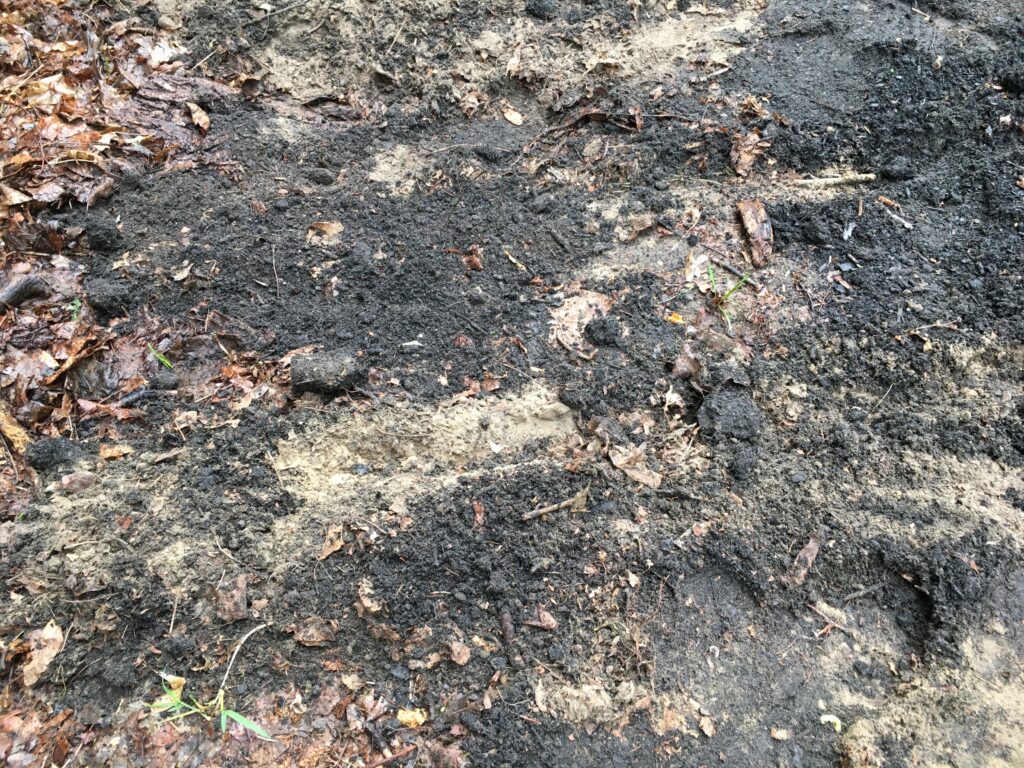
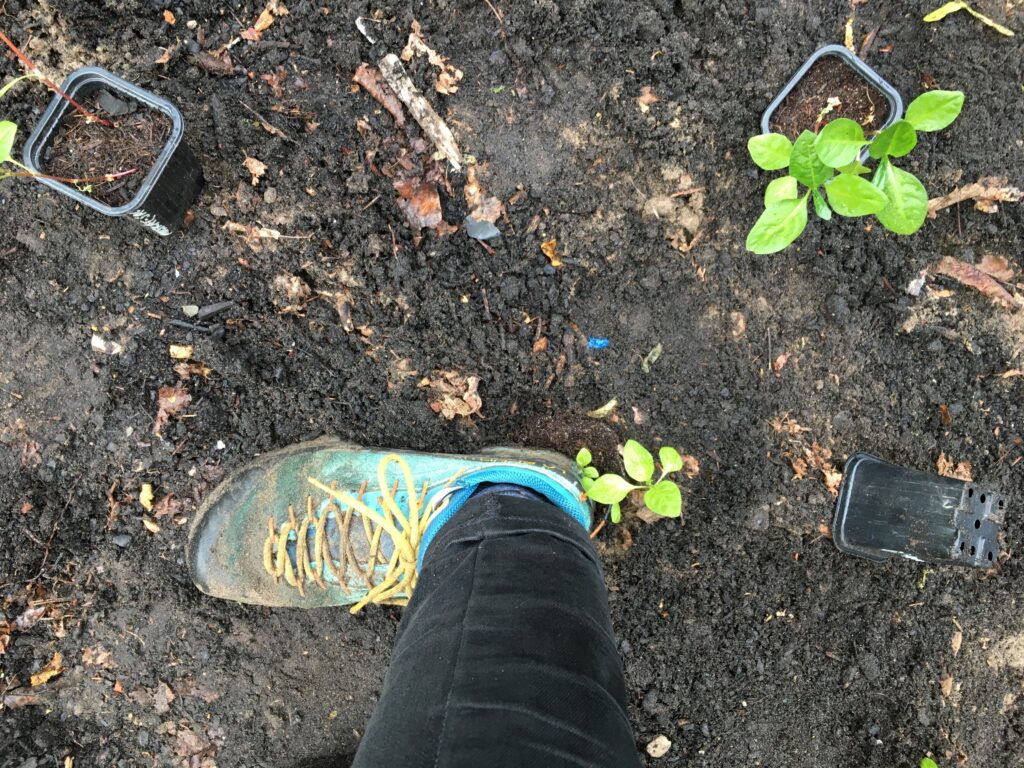
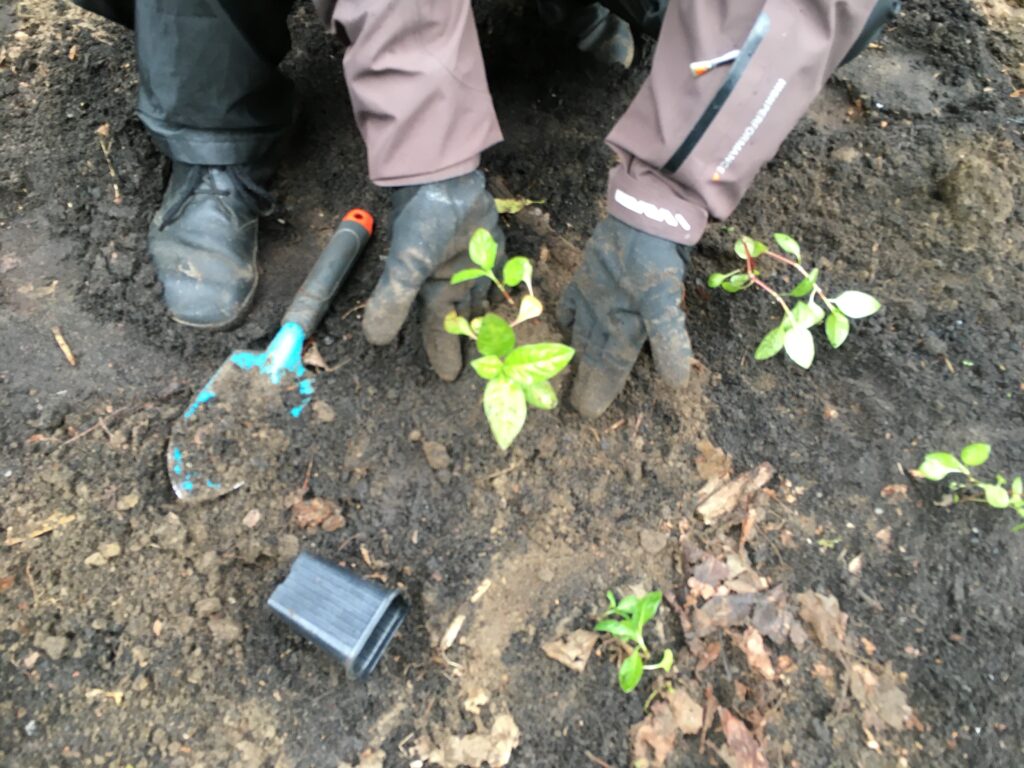
We prepared the soil before with extra compost on the top. And I thought we have enough compost layer, but as we plant I notice the sand layer shows up immediately. The soil on this part is really sandy with no Humus layer. It is almost surprising that the weeds still grows a lot here. (and therefor I still think persicaria should also grow here) I tried the Malenie’s technique of stepping onto the seedlings. It is a bit scary but it does feel that the plant is stable afterwards. Others used their hand to press it. Even though it rained before we transplanted, when you dig in few cm, the soil looks dry. We watered after the transplanting to make sure the plants gets enough moisture. It also rained on Sunday, which is 2 days after the transplanting.
I was planning to add “borden bessere”, a kind of organic fertilizer that is often used at the Elisabeet. But I totally forgot to add it as we transplant…
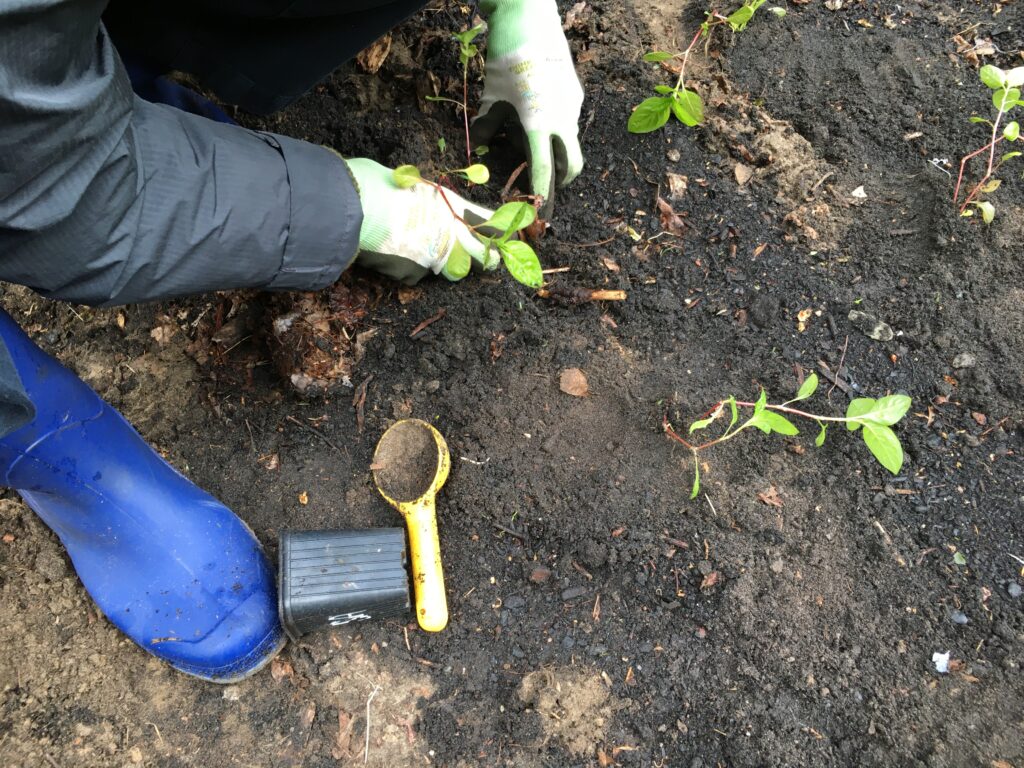
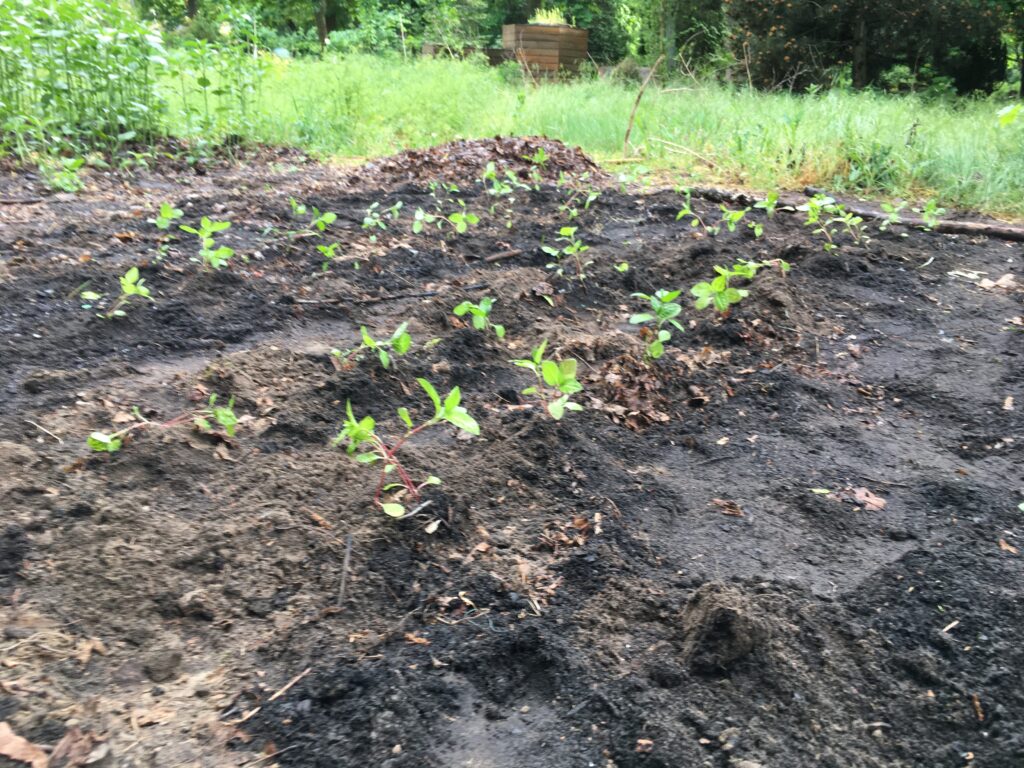
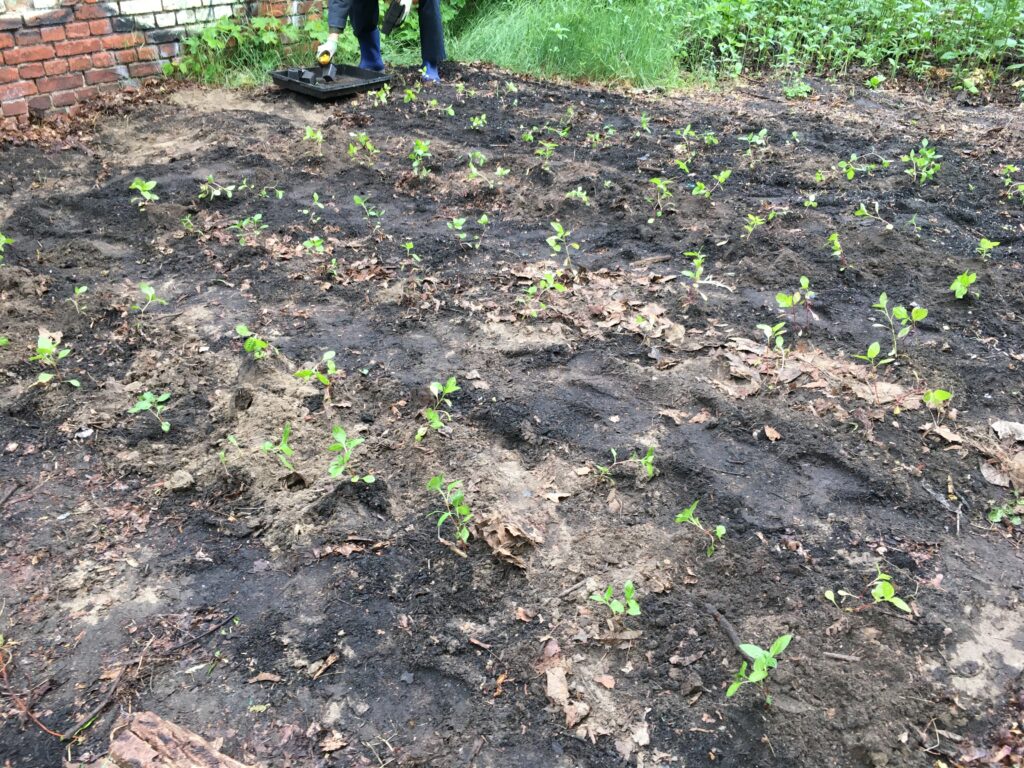
We ended up between earthing and normal covering of the plant. We will see after 1-2 weeks how they look like and probably do another round of earthing. We planted 80 kabu today. One Kabu is one seedling pot, which had 2-3 plants in it. This was an instruction from Melanie, and also what I have read in many other Persicaria documentations. They like to grow together. The second batch seedlings are still small and will be joining them in 2 weeks.